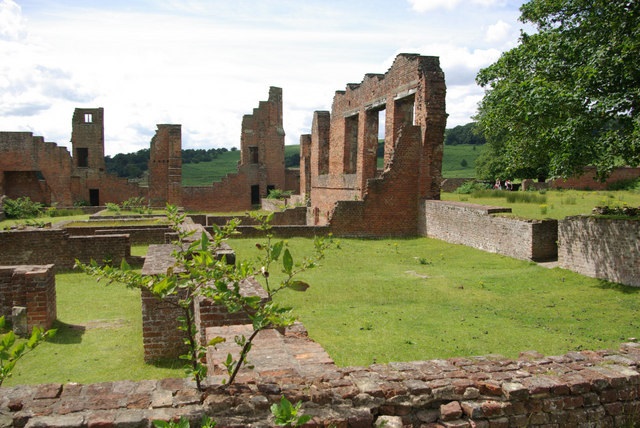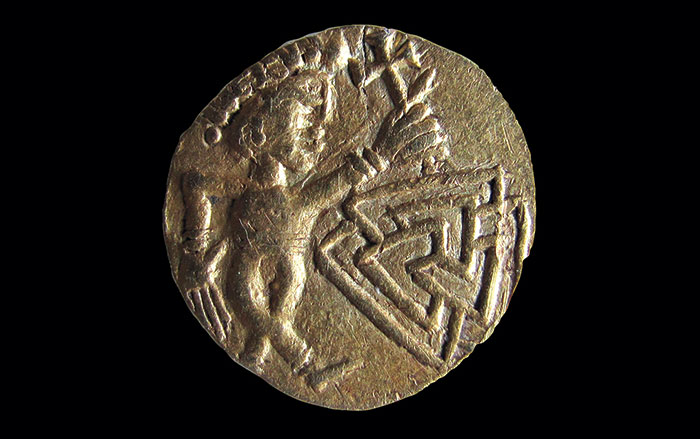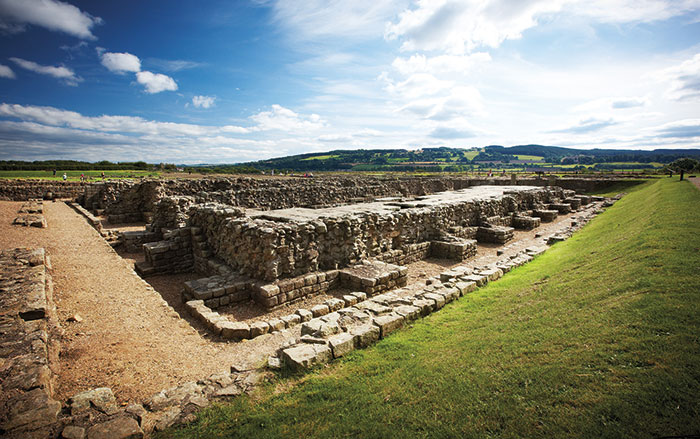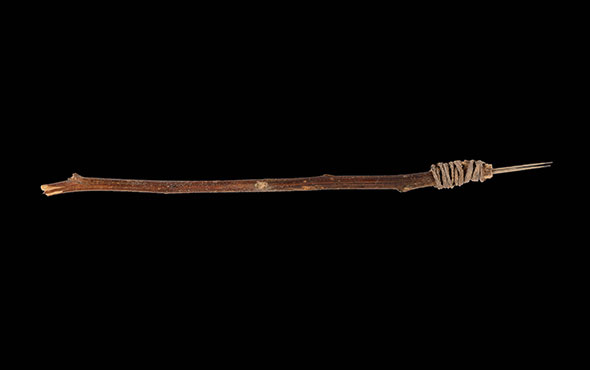
LEICESTER, ENGLAND—Excavations at the site of the ruins of brick buildings of Bradgate House, which is located in the East Midlands, have uncovered stone structures that archaeologists say may have been the foundations of the home of Lady Jane Grey, according to a Leicestershire Live report. Jane, a Protestant great-granddaughter of Henry VII, succeeded Edward VI to the throne under the terms of his will. She was queen of England for nine days in 1553, but she lost the support of the Privy Council of England and was deposed and eventually executed by Roman Catholic Mary Tudor. The first structures at Bradgate House were built in 1520 by Thomas Grey, second marquis of Dorset. Lady Jane Grey is thought to have been born there in 1537. “Our evidence suggests that the home Lady Jane Grey would have recognized may have looked very different from what we see today,” said Richard Thomas of the University of Leicester. “We will be trying to date their construction and when they were demolished to make way for the current structures.” For more, go to “The Many Lives of an English Manor House.”











